Please filter by different types of publications
All Pine marten
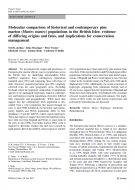
We investigated the origins and persistence of European pine marten populations across the British Isles by identifying mitochondrial DNA (mtDNA) sequences from contemporary populations (sampled since 1981) and comparing these with those of older ‘historical’ museum specimens (pre-1981) originally collected from the same geographic areas.
Download
Although sightings reports and occasional genetic evidence confirm the presence of the pine marten in parts of England and Wales, limited success in their detection despite concerted efforts suggest that they are not abundant and that populations have failed to recover from their historical decline.
Download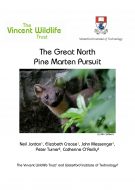
The ‘Great North Pine Marten Pursuit’ surveys were initiated in order to collect pine marten DNA from extant populations of England. They aimed to determine the presence of pine martens in specific areas, and so allow a focussing of future conservation resources in those areas, whilst also determining the genetic haplotype of the pine martens.
Download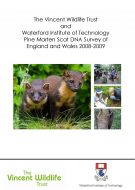
In 1995 The Vincent Wildlife Trust (VWT) revived its interest in pine martens and explored a number of different methods of detecting the presence of martens, including scat surveys. During this period the Trust’s experiences led to a growing scepticism about the reliability of the field identification of scats on the basis of physical attributes.
Download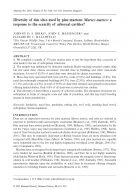
Dens are an important resource for pine martens and sites are selected in response to predation risks and energetic constraints. We compiled a sample of 370 pine marten dens to test the hypothesis that a scarcity of sites leads to the use of suboptimal structures.
Download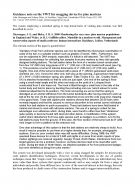
A guidance note on a system employing a stretched spring to trap dorsal hairs of pine martens which can then be subjected to DNA analysis. This advice note includes the construction, deployment and maintenance of this system used for collecting hair samples from pine martens as they visit specially designed baiting stations.
Download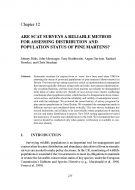
Systematic searches for marten feces or ‘scats’ have been used since 1980 for assessing the status of protected populations of pine martens in Britain. This report reviews the recent history of survey programs for pine marten populations in Britain and examines the accuracy of marten scat identification in the field.
Download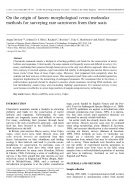
Charismatic mammals remain a linchpin in attracting publicity and funds for the conservation of native habitats and organisms. Unfortunately, the same animals are frequently scarce and difficult to survey. For many, confirming their presence through faecal surveys is the only cost-effective approach.
Download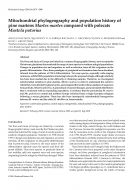
The flora and fauna of Europe are linked by a common biogeographic history, most recently the Pleistocene glaciations that restricted the range of most, if not all, species to southern refugial populations. Changes in population size and migration, as well as selection, all left a signature on the genetic differentiation that is present today.
Download